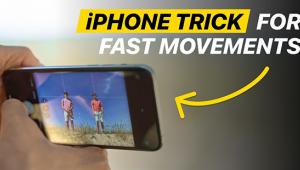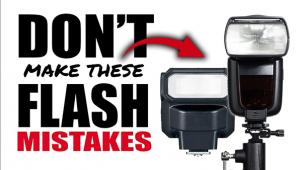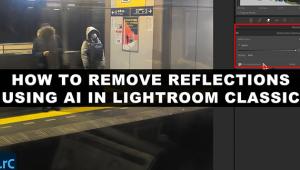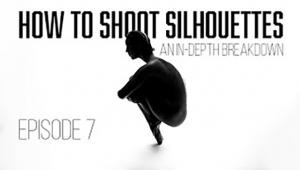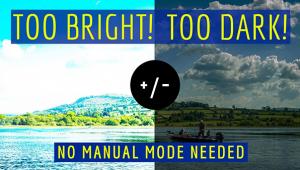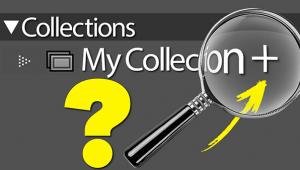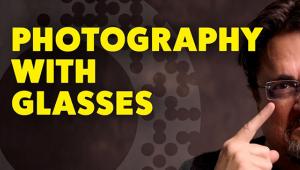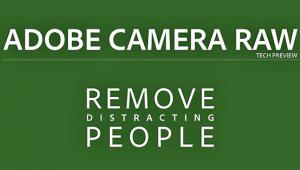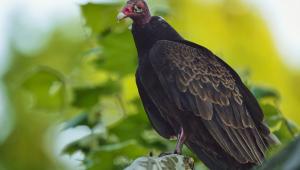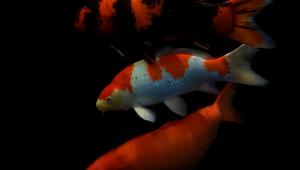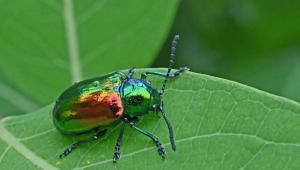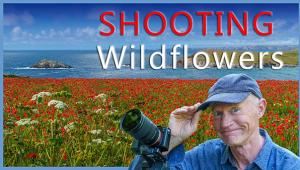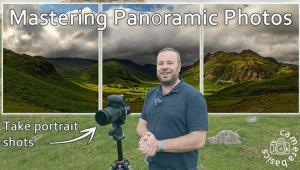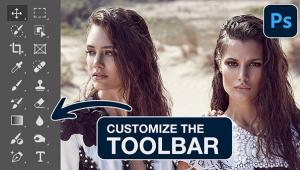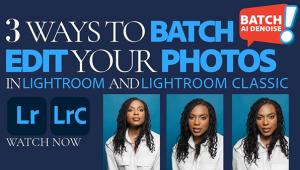Photo Lesson; Self-Assignments
Photography is one of those things you learn best by doing it. Here are some photo projects that will help you get more out of your photography.
1. Decorate Your Home with Your Photos
Considering all the time, effort and money you put into making your photographs, you should display the best ones for all to see. A good place to start is in your own home. Hence our first self-assignment: Make display prints of your best work.
You can do this the easy but costly way, by having a pro lab do it. Or, if you have a large-format inkjet printer (11x17- and 13x19-inch models are available for relatively low cost), you can make your own. If you like to do such things, you can mount or frame the images yourself. Or you can let the pros do it.
Here, editorial assistant Renee Chodor chose one of her favorite photos of her dog Ashley, put it in a Artograph projector and traced it onto her canvas, then painted the canvas, and hung it as a painting in her living room.
 |
|
|
2. Neon Dreams
Neon lights make great photo subjects, and they're easy to photograph. You don't even need a tripod (although bringing a tripod will give you more shooting options). The trick is to come up with new ways of seeing the lights. Try photographing entire signs, abstracting portions of signs, zooming a zoom lens during exposure, deliberately moving the camera during a long exposure, and even making multiple exposures of different signs on a single frame. Exposure-wise, if the neon sign pretty well fills the frame, your camera's built-in meter will give you a good starting point. If the sign takes up only part of the frame, and there's a lot of black area, the black area will fool the meter. In that case, with ISO 400 film (or a digital camera set for ISO 400), bracket around a starting exposure of 1/60 at f/4 or f/5.6.
 |
|
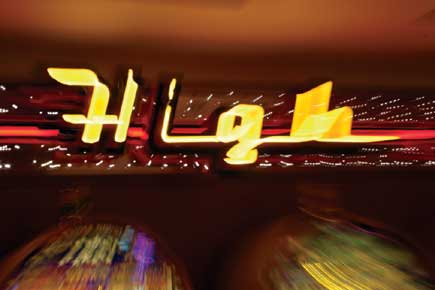 |
|
 |
|
|

